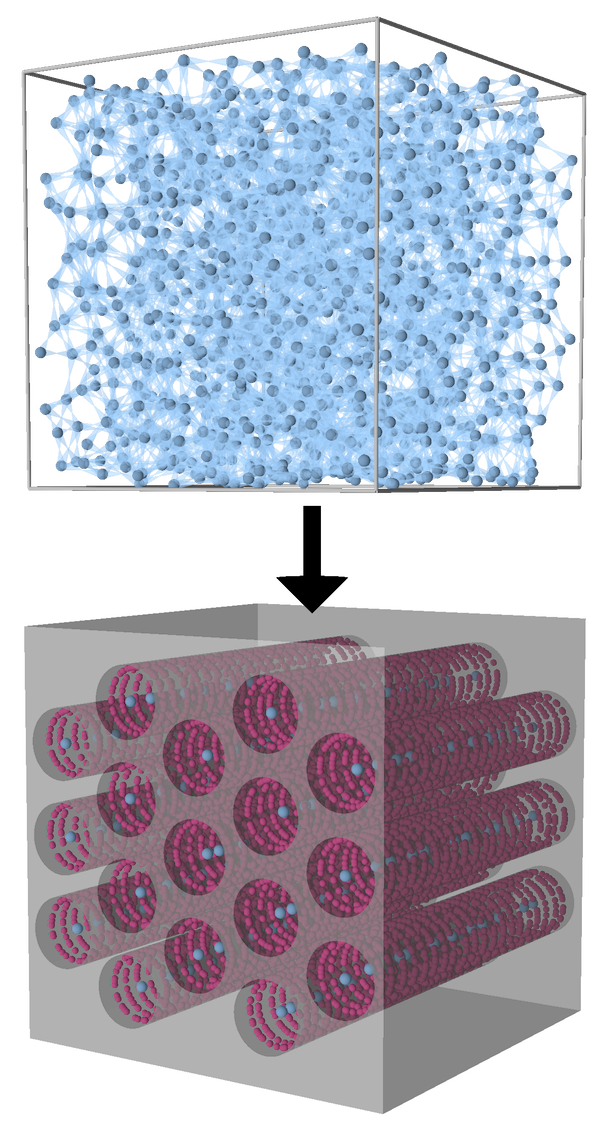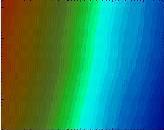One dimensional systems have been of long standing interest due to a profound difference from their 2 and 3 dimensional counterparts whose properties can be described in terms of quasi-particles. This quasi-particle picture breaks down completely in one dimension where the fundamental excitations are collective and described by the universal Tomonaga-Luttinger liquid (TLL) theory. The research team will develop, optimize and explore a novel platform for TLL physics. Our group, in collaboration with the theory group of Adrian Del Maestro (University of Vermont) are studying the properties of 4He confined in 1 dimensional channels of a templated porous glass. Through tightly coupled experimental and quantum simulation we plan to (1) fabricate ordered templated porous materials preplated with rare-gas adsorbates as a confinement platform exhibiting nanometer scale pores; (2) Perform elastic neutron scattering measurements of the static correlation function; and (3) Carry out inelastic neutron scattering measurements. The main focus of the research team will be on two areas where theory predicts novel new behavior that has not been verified experimentally: (1) static correlations where TLL predicts an algebraic decay in the correlations even though no true long range order is possible; and (2) the dynamical excitations of the liquid where a "particle-hole" like excitations spectrum is predicted independent of the particle statistics. The integration of ab initio simulations with experimental scattering measurements will yield unambiguous confirmation of exotic field theory predictions in the laboratory.
|  |
| This work is supported by the National Science Foundation under grant DMR-1809027 |  |
Research
Structure and Dynamics of Confined Solids
| Porous materials are playing an increasingly important role as a fertile playground for the exploration of fundamental scientific issues and diverse technological applications. Surface interactions and finite size effects play a key role in the qualitative modification of the properties of the materials contained within the porous host. On the practical level, such systems are of great importance in a variety of situations, ranging from adhesion, catalysis, lubrication, tribology and the engineering of materials. We utilize x-ray and neutron scattering to study the preoerties of these systems. |  |

